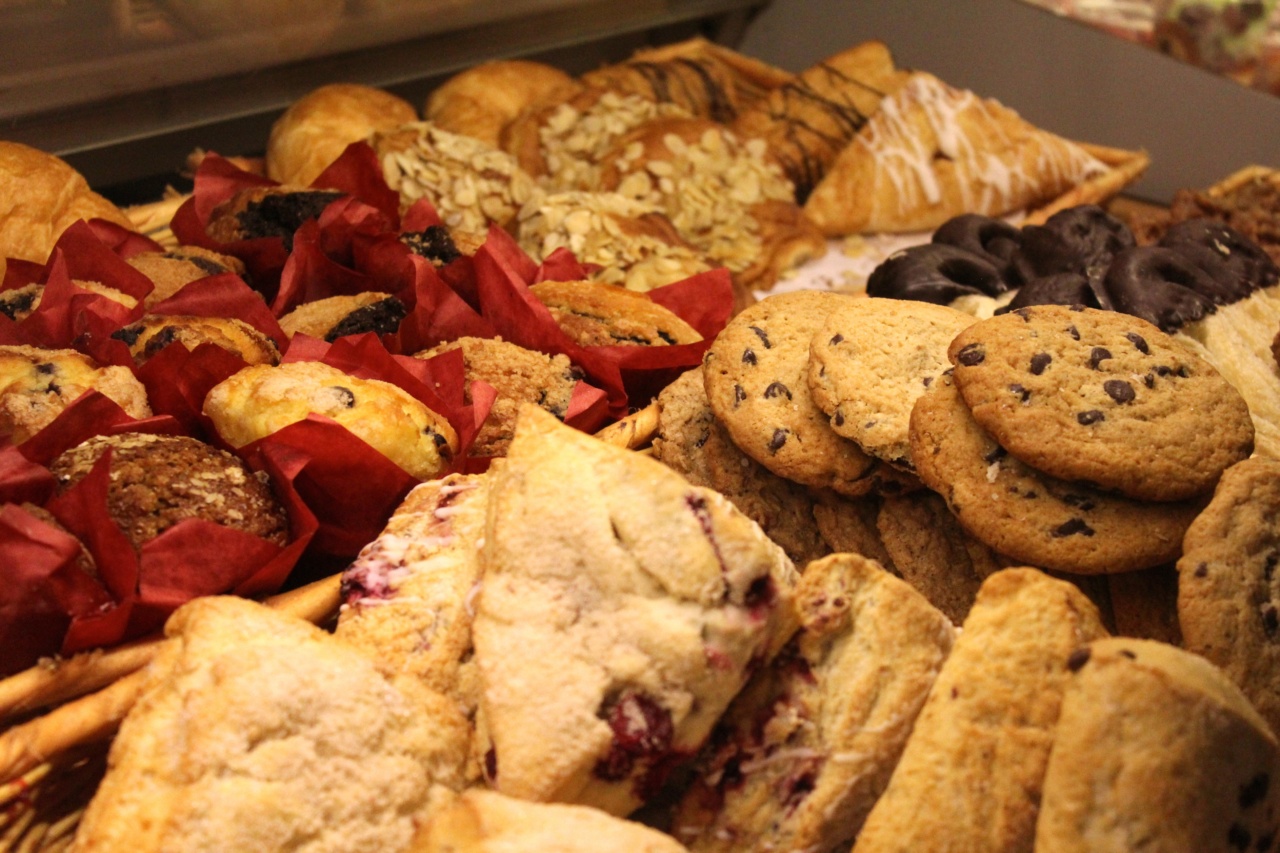For many people, chocolate is a guilty pleasure. But did you know that it may also have benefits for your eyes? Over the past few years, researchers have discovered a link between chocolate consumption and better eye health.
Here’s what you need to know about the relationship between chocolate and your eyes.
What Makes Chocolate Good for Your Eyes?
When we think of chocolate, we often think of sugar and calories. However, chocolate also contains flavonoids, which are compounds that have been shown to have a number of health benefits.
Flavonoids are found in many types of plants, and they are particularly abundant in cocoa beans—the key ingredient in chocolate.
There are several different flavonoids found in cocoa, including epicatechin, catechin, and procyanidins. These flavonoids have been shown to have antioxidant properties, which means they can help protect your body from damage caused by free radicals.
Free radicals are unstable molecules that can contribute to a range of health problems, including eye diseases like macular degeneration and cataracts.
The Benefits of Eating Chocolate for Your Eyes
So, what exactly can eating chocolate do for your eyes? Here are a few potential benefits:.
Reduced Risk of Macular Degeneration
Macular degeneration is a leading cause of vision loss in older adults. It occurs when the central portion of the retina—the part of the eye that allows you to see fine details—deteriorates over time.
Research has suggested that certain types of flavonoids may help reduce the risk of macular degeneration. One study found that people who ate a small amount of dark chocolate each day had a lower risk of developing the condition than those who didn’t eat chocolate.
Improved Blood Flow to the Retina
Another potential benefit of chocolate for eye health is improved blood flow to the retina. The retina requires a steady supply of blood in order to function properly, and if blood flow is restricted, this can lead to vision problems.
Some research has suggested that the flavonoids in cocoa may help improve blood flow to the retina, which could ultimately help protect your vision.
Reduced Risk of Cataracts
Cataracts are another common eye problem, particularly among older adults. They occur when the lens of the eye becomes cloudy, making it difficult to see clearly.
One study found that people who ate chocolate more frequently had a lower risk of cataracts than those who ate chocolate less often. While more research is needed in this area, it’s possible that the flavonoids in chocolate could play a role in reducing the risk of cataracts.
Choosing the Right Type of Chocolate
Before you run out to the store to stock up on chocolate, it’s important to note that not all types of chocolate are created equal. Here are a few factors to keep in mind when choosing a chocolate that may be good for your eyes:.
Dark Chocolate
Dark chocolate is typically a better choice than milk chocolate when it comes to eye health. This is because dark chocolate contains more cocoa solids and fewer added sugars, which means it has a higher concentration of flavonoids.
Look for dark chocolate with a cocoa content of at least 70% for maximum health benefits.
Cocoa Powder
If you’re not a fan of eating chocolate, you may still be able to reap some of the benefits of cocoa by using cocoa powder. Cocoa powder is made by grinding cocoa beans into a fine powder, and it can be added to a variety of foods and drinks.
Be sure to choose a cocoa powder that is as minimally processed as possible and does not contain added sugars or artificial flavors.
Avoid Milk Chocolate
Milk chocolate contains fewer flavonoids than dark chocolate and also often has added sugars, which can negate any potential health benefits.
If you do choose to eat milk chocolate, try to choose a high-quality brand with a high percentage of cocoa solids, and enjoy it in moderation.
Conclusion
While chocolate may not be a substitute for a healthy diet and lifestyle when it comes to protecting your eyes, it’s clear that it does have potential benefits for eye health.
So, go ahead and indulge in a small piece of dark chocolate or a cup of cocoa—but remember to enjoy it in moderation!.






























